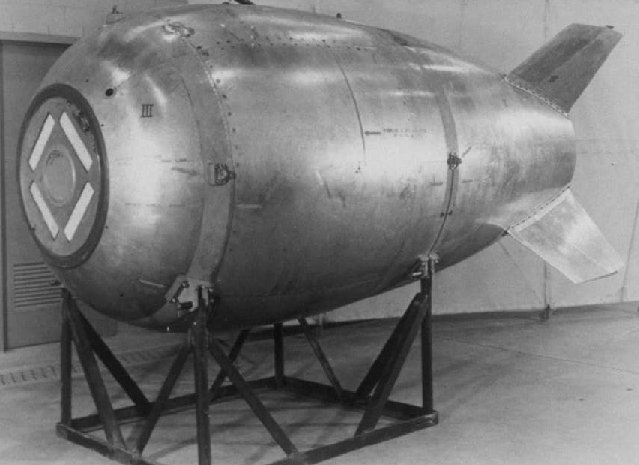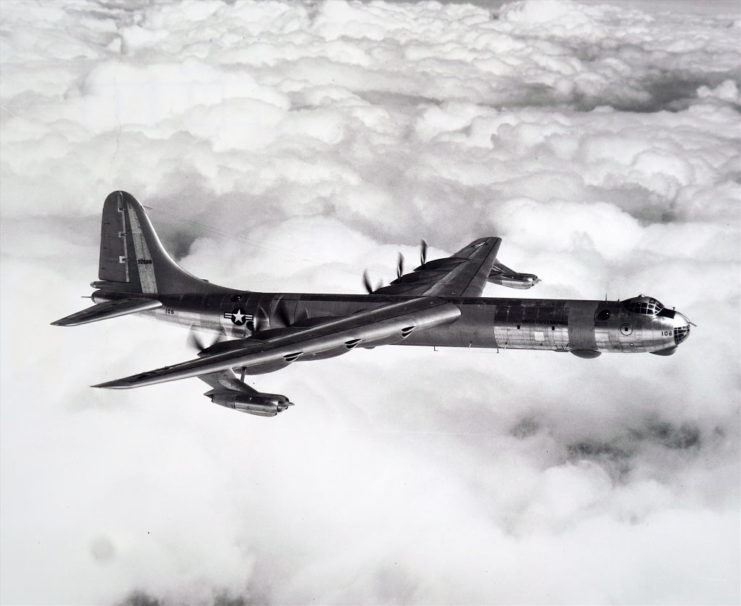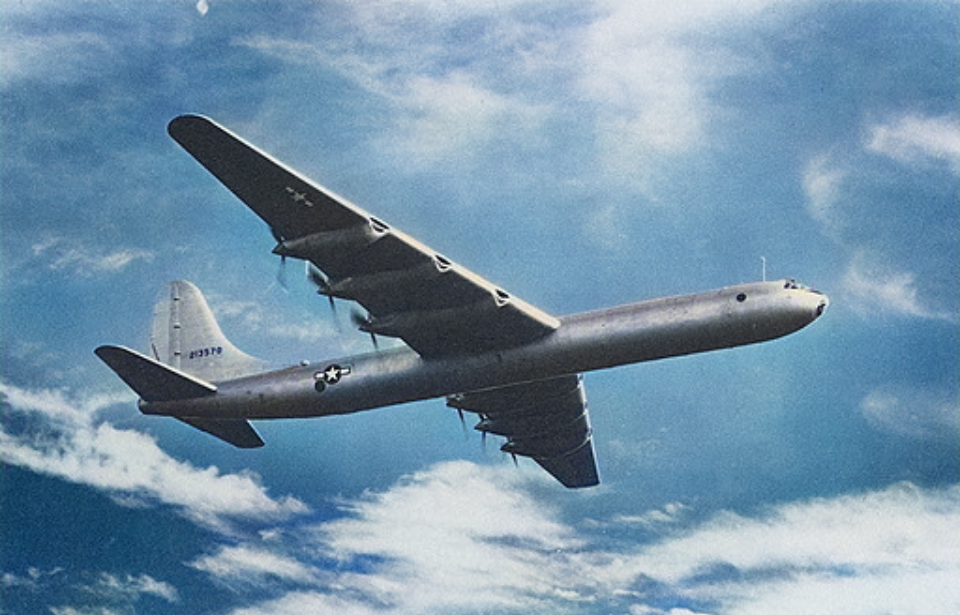“Broken arrow” is the term used when a nuclear weapon is stolen, lost or unintentionally detonated. It was first used in 1950, when an American Convair B-36 Peacemaker on a training mission crashed while carrying a Mark IV atomic weapon. This was the first (but certainly not the last) time an atomic bomb would be lost.
The question remains: what exactly happened to the explosive after the crash?
Development and testing of the Mark IV atomic bomb
The Mark IV atomic bomb was created and used between 1949-53, with roughly 550 produced. It was based on the design of Fat Man, the bomb dropped on Nagasaki toward the end of the Second World War. One aircraft capable of carrying such an explosive was the B-36 Peacemaker, the first bomber capable of delivering nuclear weapons without any modifications needing to occur.

The US Strategic Air Command (SAC), commanded by Gen. Curtis LeMay, were the ones trained to use these bombs, primarily against the Soviet Union. Up until February 1950, they weren’t able to train with real nuclear explosives, with the Atomic Energy Commission (AEC) continuously denying LeMay’s requests to allow them to do so.
The AEC eventually conceded, loaning the SAC a Mark IV atomic bomb without a plutonium core, meaning it couldn’t detonate. It did, however, still contain large amounts of uranium and explosives – it just wouldn’t cause a catastrophic nuclear blast.
The Convair B-36 Peacemaker crashes into a mountain
The 17-man crew of the B-36B 44-92075 were tasked with taking the Mark IV atomic bomb on a simulated strike. The bomber took off from Eielson Air Force Base, Alaska on February 13, 1950, with plans to fly west of the Alaska Panhandle and British Columbia, before traveling down to Washington and Montana. They would then rise to 40,000 feet and prepare for a mock bombing run over San Francisco, California, before continuing to Texas.
The plan was to avoid Canadian airspace, but that changed when three of the bomber’s engines caught fire after the flight ran into bad weather. Ice began to accumulate on the fuselage, causing a need for more power to keep the B-36 in the air. However, the strain on the engines caused them to catch fire. With only three remaining, the aircraft quickly began to drop, losing 500 feet per minute.

By this point, the crew were able to navigate a landing in British Columbia. They were given the order to bail, but first needed to ditch the atomic bomb, per military protocol. According to those who survived the incident, the B-36’s bomb bay doors opened, allowing for the Mark IV to drop into the Pacific Ocean, where it detonated.
Once the bomb had been destroyed, the crew parachuted out of the aircraft, which continued flying for a couple hundred more kilometers before crashing into Mount Kologet.
What happened to the Mark IV atomic bomb?
Following the crash, a search-and-rescue operation involving both the US and Canadian militaries was launched. Of the crewmen onboard the aircraft, only five were never found. As they’d been unprepared for the cold February weather, it’s believed they either succumbed to the elements or landed in the water after deploying their parachutes
One missing crewman sparked significant interest. Capt. Theodore Schreier, the atomic weaponeer, was never reported as bailing out of the B-36. Another crew member said they’d watched the bomber turn in the air after the majority of the crew jumped out, causing some to theorize that Schreier, a former pilot, tried to fly it. A body was allegedly found at the site, but it’s unknown whose it was.
If Schreier did stay on the aircraft, many believe it’s because the atomic bomb was still onboard, leading to theories that the explosive was lost in the Canadian wilderness. However, the surviving crewmen testified that they’d jettisoned it over the water and saw it explode. In 1954, a demolition crew was sent to the site to strip the aircraft of confidential information, making it even more difficult to get answers about the fate of the bomb.
More from us: The F-117 Nighthawk Had a Relatively Short Service Life with the US Air Force
In 2003, John Clearwater, a researcher specializing in lost nuclear weapons, decided to get some answers by visiting the crash site. Although much of the bomb bay had been destroyed, the shackle which had held the atomic bomb was still intact. Clearwater concluded that, if this piece had survived, then there would be evidence that the bomb went down with the B-36, if it hadn’t been let out before the crew bailed. No such evidence was ever found.
